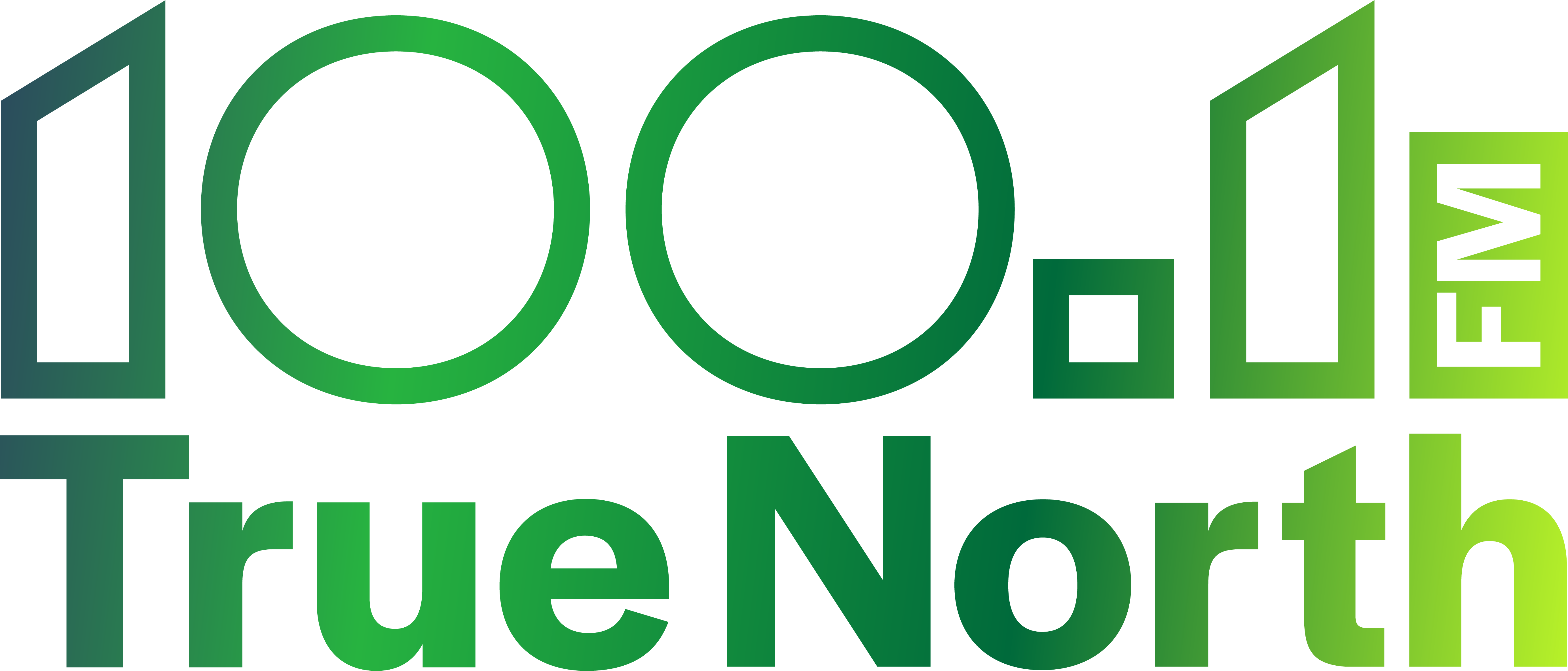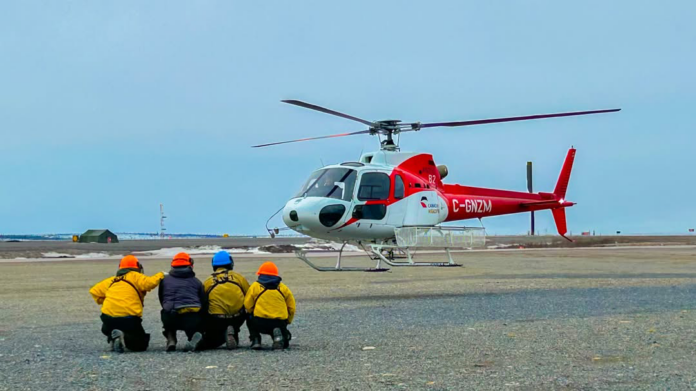NWT Fire reported that five new lightning-caused wildfires broke out in the territories over the last 24 hours.
“With more lighting hitting the North Slave region yesterday, and the Dehcho today, rapid detection and response will continue to be our focus over the coming days to catch fires small and take the right actions quickly,” said officials.
BEAUFORT DELTA REGION
A wildfire is burning 20 km southwest of Fort McPherson (EV019-25), which officials said is “highly visible” from the Dempster Highway.
“It has grown slightly to 30 hectares in size. There are no threats to the community of Fort McPherson, highway access, or cabins in the area. Airtankers and two initial attack crews are working to keep intensity down and contain it. If you are looking for more information on this fire, call the wildfire info line at 867-445-5484; do not call your local base – they have been overwhelmed by requests on this fire,” said NWT Fire.
There is another lightening caused fire located about 33 km east of Inuvik (EV016-25 ).
“Containing this fire remains a high priority,” said officials.
“Two wildfire crews are making good progress in containing its perimeter. Airtankers made drops in the evening yesterday to cool the perimeter down to assist these efforts. No threats to the community or other values at this time,” said NWT Fire.
The wildfire located 37 km east of Inuvik (EV017-25 ) has shown low activity over the past 24 hours, and fire crews continue to mobilize an active response against it, said officials..
A fire located approximately 5 km west-northwest of Fort McPherson (EV022-25) is now Being Held, said officials, which means that under the current and expected weather forecast and firefighting resources assigned, officials don’t expect the fire to spread. NWT Fire said that the fire poses no threats to the community at this time.
Another fire (EV021-25), about 15 km southwest of Fort McPherson, has grown to about 32 hectares.
“Airtankers made drops today to assist in containment efforts. Wildfire crews continue to work to extinguish hotspots at its perimeter and limit its growth – good progress being made. No threats to the community,” said NWT Fire.
DEHCHO REGION
About 18 km northeast of Sambaa K’e, a new lightning-caused fire (FS018) was discovered yesterday night and is approximately 40 hectares in size, said officials.
“There are cabins in the area crews are working to protect and airtankers are making drops to reduce its intensity and limit growth to the south. There are no threats to the community of Sambaa K’e or infrastructure in the area at this time,” said Fire crews.
In the Liard Complex (FS002, FS006, FS009), thunderstorms in the region have made it necessary for crews to pull back from the fire today, said NWT Fire
The storms have brought some much needed rain, explained officials.
“As soon as it is safe, crews will continue working to contain the north and west flanks of fire FS009 to prevent growth towards the community of Fort Liard. No immediate threats to communities or infrastructure,” they assured.
Approximately 23 km southeast of Fort Simpson and 24 km northwest of Jean-Marie River, another wildfire ( FS014) is burning.
“The Incident Management Team and wildfire crews assigned to this fire continue to make good progress. Nearly 40 per cent of the perimeter has been contained by crews. Air support continues as required to assist them in their progress,” said officials.
Another wildfire is located about 22km west of Fort Simpson (FS017), and Fire crews reported that this fire is almost 50 per cent contained thanks to the swift and coordinated action of crews in the air and on the ground.
“Work continues to lay hose around the perimeter, extinguish hotspots, and bring the fire under control,” said NWT Fire.
NORTH SLAVE REGION
West of Edzo, an aggressive air attack and follow-up persists with two wildfire crews keeping fire activity at bay on a fire (ZF023), said officials.
“They continue work to contain this fire to prevent any potential for threat to Behchokǫ̀,” said Fire crews.
A fire closeby the south end of Campbell Lake (ZF024) is being responded to by airtankers to reduce its intensity. Officials said that the fire poses no immediate threats to communities, cabins or infrastructure.
Another fire, located about 29 km northeast of Tibbit Lake (ZF021) has received airtanker action and officials said ground crews are working to contain its perimeter. NWT Fire reports that the fire does not pose threats to communities, cabins, or infrastructure.
A wildfire about 3 km east of Watta Lake (ZF011) continues to be active and visible, officials.
The fire is growing slightly to the north under southerly winds.
“Objectives with this fire are to protect cabins, lodges, and other values in the area using sprinklers or small-scale ignition operations should they become threatened. However, with numerous barriers to fire growth, no values are assessed as at threat in the near future due to this fire. Assessments and consultations with owners in the area are planned,” said NWT Fire.
SOUTH SLAVE REGION
One wildfire (SS10) was declared out today after a strong and effective response from crews to prevent its spread.
There are two new fires (SS011 and SS012), which officials said are not threatening communities, cabins, or infrastructure. NWT Fire said that they are continuing to monitor this fire.
SAHTU REGION
There is one new wildfire in the Sahtu region, and officials said that it does not pose any threat to infrastructure or cabins and will be monitored.
FIRE BANS
The city of Yellowknife announced this afternoon that a local fire ban will take effect today at 5:00 p.m., due to extremely dry conditions. Officials advised that the current fire danger rating within Yellowknife is classified as Extreme.
Other communities in NWT are also under fire bans, including the town of Hay River.
Representatives for the city of Yellowknife explained the fire ban is a preventative measure and will remain in place until further notice.
“Implementing a fire ban is a proactive measure to reduce the risk of wildfire within City limits. The fire ban prohibits all open-air burning and the discharge of fireworks, including the use of approved fire pits,” said city officials.
The city also advised that the following remain permitted under the fire ban:
- Camp stoves
- Enclosed barbecues
- Canadian Standards Association (CSA) approved propane-fueled appliances
- Outdoor propane-fueled burners used for heating and/or cooking, provided they are operated on within a fire pit
City officials encourage anyone who would like updates on fire bans and the current fire danger rating to visit their wildfire information webpages under the heading Wildfire Updates.
Hay River has been under a full fire ban since June 17. The ban includes all open fires, fire pits and barbecues.
“A full fire ban indicates that no fire permits will be issued nor open fires be allowed,” said town officials in a post on the Hay River website.
Hay River Territorial Park, Fort Simpson Territorial Park and Wood Buffalo National Park, along with a number of other area parks, have been under a fire ban since June, due to fire weather conditions.
NWT Fire is asking the public to pay close attention to fire danger weather alerts and to avoid campfires if fire danger is high or extreme. They urge the public to follow any fire bans in place.





